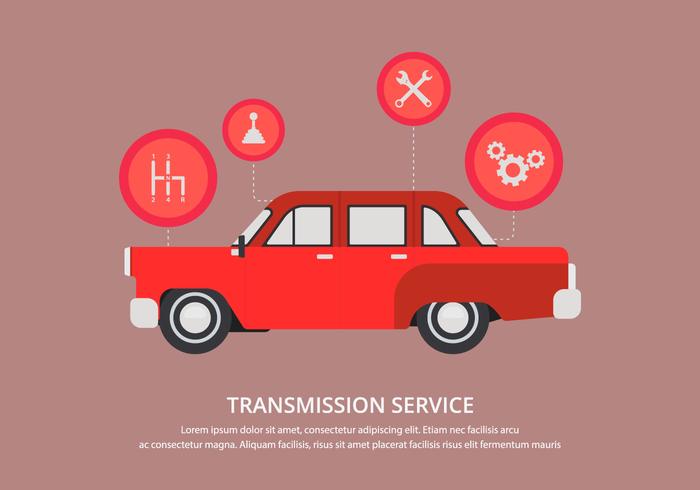Analyzing Your Car'S Caution Indicators: What They Actually Communicate
Analyzing Your Car'S Caution Indicators: What They Actually Communicate
Blog Article
Authored By-Vinson Winters
When you lag the wheel, those beautiful warning lights on your dashboard can be a little bit difficult. Do you understand what they're trying to inform you regarding your car's health? Comprehending the relevance of these lights is important for your safety and the long life of your car. So, the following time one of those lights appears, would not you want to analyze its message properly and take the essential actions to resolve it?
Common Caution Lights and Interpretations
Recognize common caution lights in your auto and understand their definitions to make certain risk-free driving.
The most common caution lights consist of the check engine light, which indicates issues with the engine or exhausts system. If this light comes on, it's critical to have your lorry inspected promptly.
The oil pressure advising light indicates reduced oil pressure, requiring prompt interest to prevent engine damages.
A flashing battery light may recommend a malfunctioning billing system, potentially leaving you stranded otherwise resolved.
click for more info monitoring system (TPMS) light signals you to reduced tire pressure, affecting automobile security and fuel performance. Ignoring this might cause unsafe driving problems.
The abdominal muscle light suggests a problem with the anti-lock stopping system, jeopardizing your capability to stop swiftly in emergency situations.
Finally, the coolant temperature warning light warns of engine getting too hot, which can result in extreme damages if not settled swiftly.
Understanding these typical warning lights will aid you deal with issues quickly and maintain secure driving conditions.
Importance of Prompt Interest
Understanding the typical caution lights in your car is just the first step; the relevance of immediately resolving these warnings can't be stressed sufficient to ensure your safety and security when traveling.
When a caution light brightens on your dashboard, it's your car's method of interacting a possible concern that needs focus. Overlooking these cautions can cause extra severe troubles down the road, compromising your safety and potentially costing you more in repairs.
Trigger interest to alerting lights can prevent break downs and crashes. As an example, a blinking check engine light can indicate a misfire that, if left neglected, could trigger damage to the catalytic converter. Addressing best car wash auckland without delay can save you from an expensive repair service.
Likewise, a brake system advising light might indicate low brake fluid or used brake pads, vital elements for your safety when driving.
DIY Troubleshooting Tips
If you notice a warning light on your dashboard, there are a couple of do it yourself repairing pointers you can attempt before seeking specialist help.
The initial step is to consult your auto's manual to understand what the details warning light indicates. Often https://www.consumerreports.org/car-maintenance/things-to-know-about-oil-changes-for-your-car-a9532249359/ can be as basic as a loose gas cap causing the check engine light. Tightening up the gas cap may settle the trouble.
An additional typical issue is a low battery, which can set off different alerting lights. Checking the battery links for rust and ensuring they're safe and secure might repair the problem.
If a warning light persists, you can attempt resetting it by separating the automobile's battery for a few mins and after that reconnecting it. In addition, inspecting your car's fluid levels, such as oil, coolant, and brake fluid, can help repair advising lights related to these systems.
Verdict
In conclusion, recognizing your auto's caution lights is essential for maintaining your lorry running smoothly and securely. By quickly addressing these informs and understanding what they indicate, you can prevent expensive repair services and potential breakdowns.
Bear in mind to consult your auto's handbook for certain details on each alerting light and take action appropriately to ensure a trouble-free driving experience.
Remain notified, remain safe when traveling!
